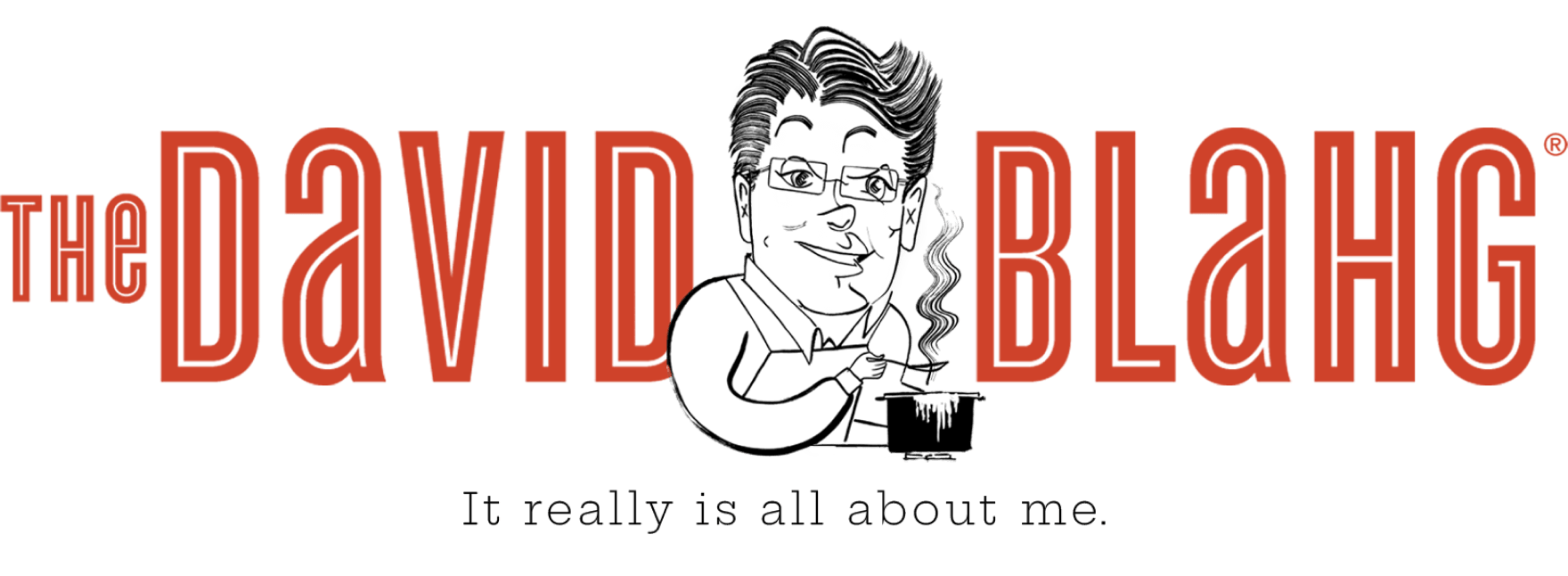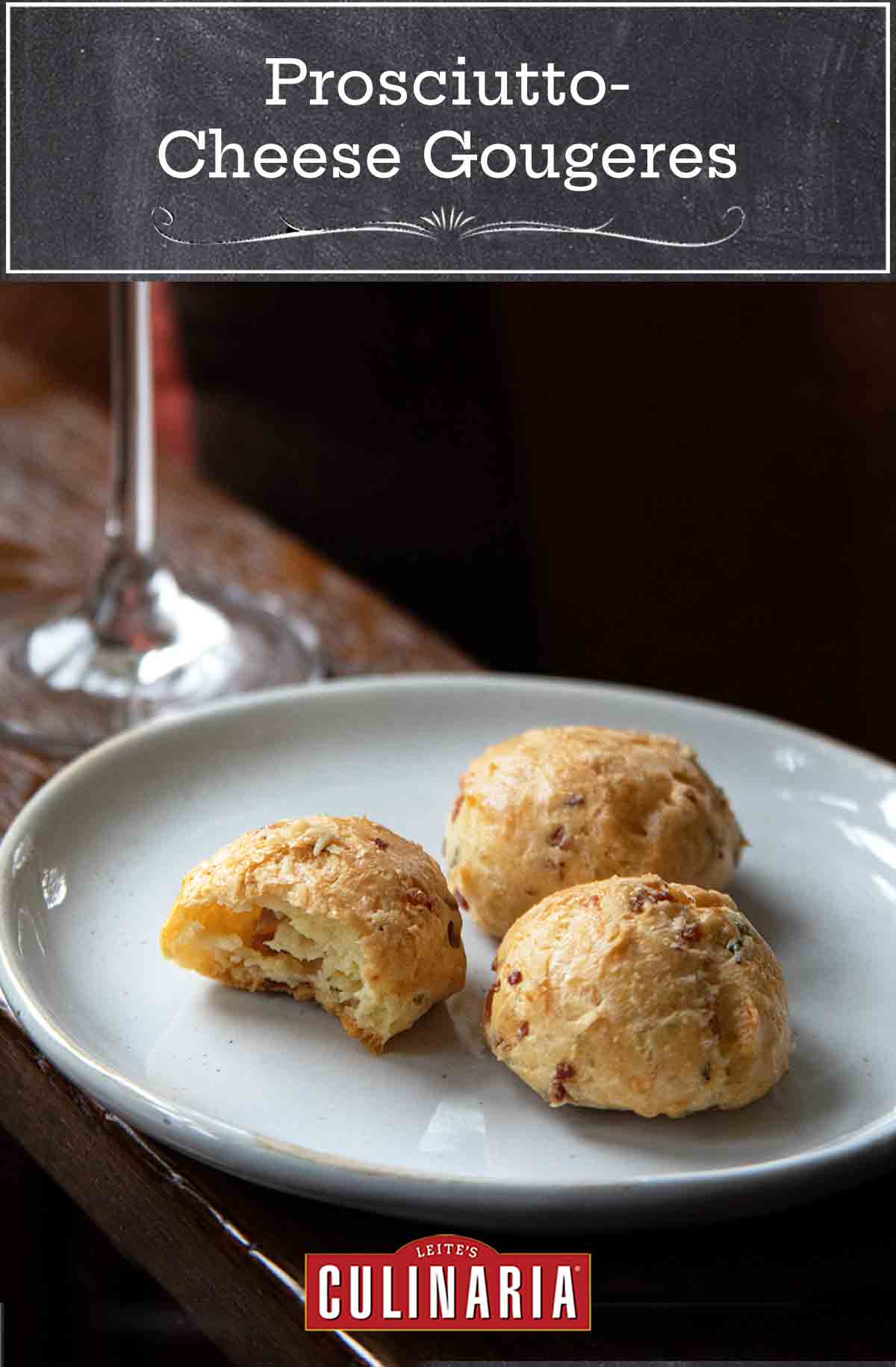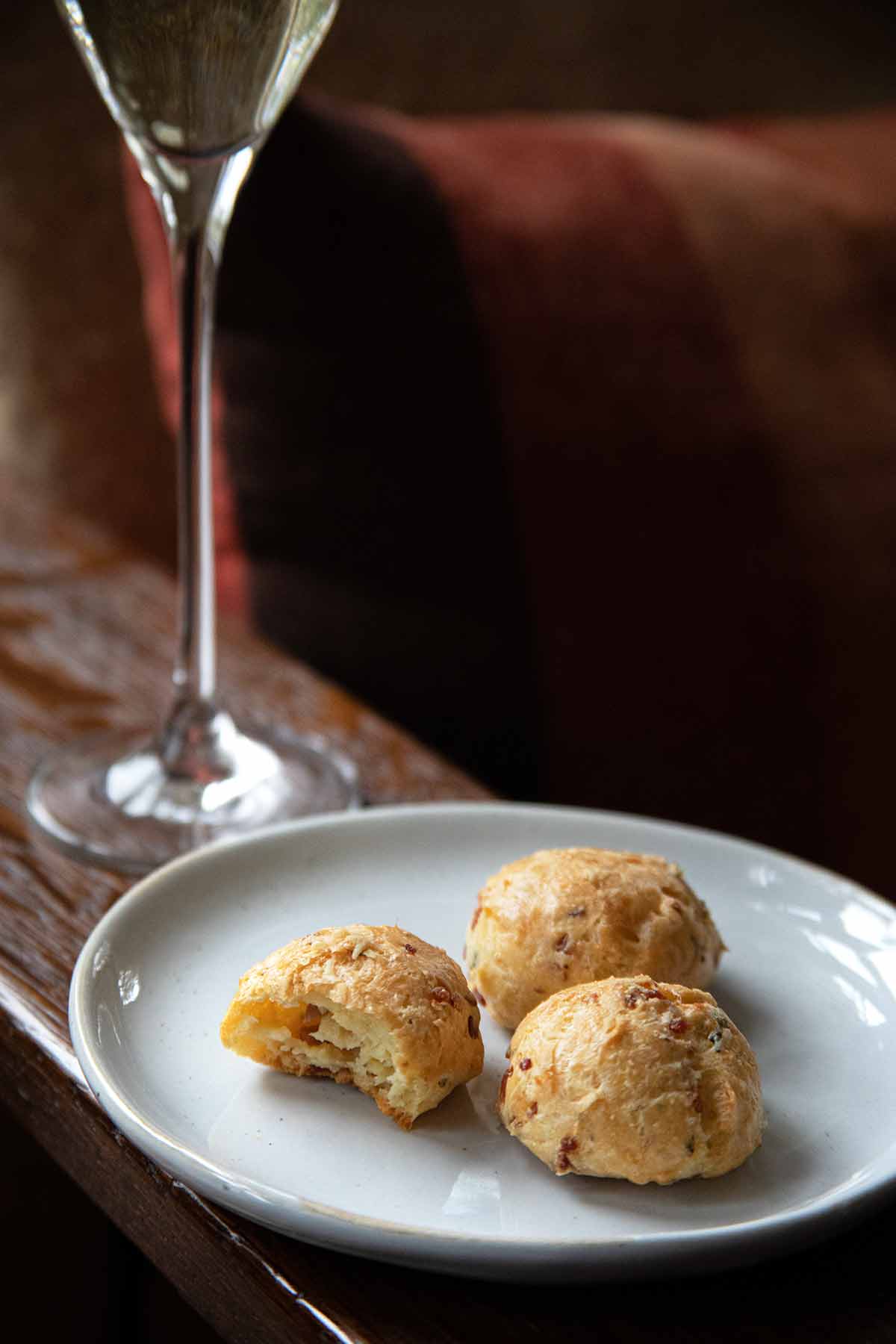
My trip began in the Parma region, where one of the world’s most famous hams is produced: Prosciutto di Parma. Led by my guide, I walked along rows and rows of curing hams hanging from racks. As I snapped picture after picture, I learned that the hams, also know as Parma ham, are made with only two ingredients–locally raised pork and salt–and are air-cured for at least 400 days. As natural as natural can be.
☞ MAKE THE RECIPE: PROSCIUTTO-CHEESE GOUGÈRES
Of course, no food trip would be complete without tastings, and I happily held out my plate. The prosciutto was superbly silken with deep umami notes and a hint of salt. It paired marvelously with the fruity white wine served.
Next, I landed smack in the middle of the Pó River Valley, home to Grana Padano. Through a jumble of Portuguese and Italian, I discovered from the cheesemaker (see below) that Grana Padano is the most popular grating cheese in Italy. Made from partially skimmed raw cow’s milk from local dairies in the valley, Grana Padano is still made using the same methods developed by the monks who created the cheese more than a millennium ago.
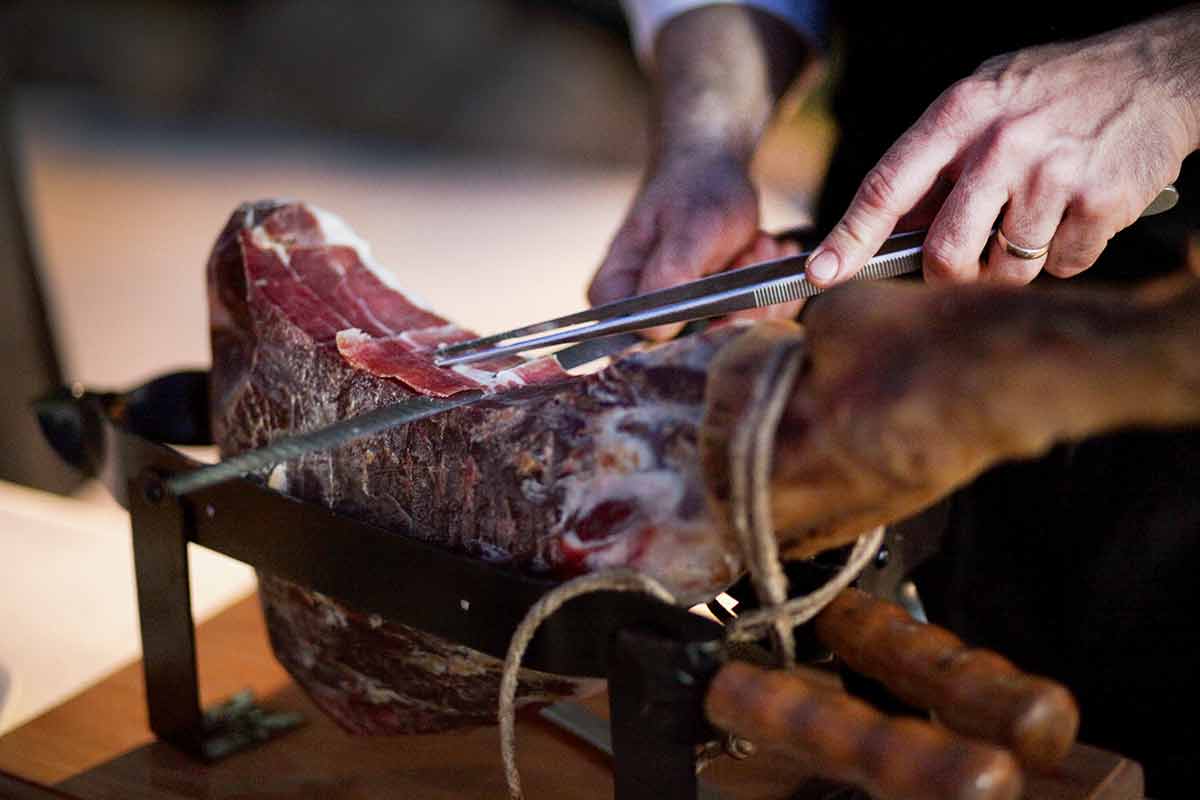
.Both foods are DOP (Denominazione di Origine Protetta), meaning only ham and cheese from those respective regions can be called Prosciutto di Parma and Grana Padano. (Unless you specifically ask for “Prosciutto di Parma” at the store, you’re most likely getting American-produced cured ham.)
I followed the farm-to-table process by tromping through pastures, visiting storehouses, and partaking in a dizzying number of wine-soaked dinners. The pride the dairy and pig farmers took in their work was matched only by the folks who made and aged the cheese and cured the hams.
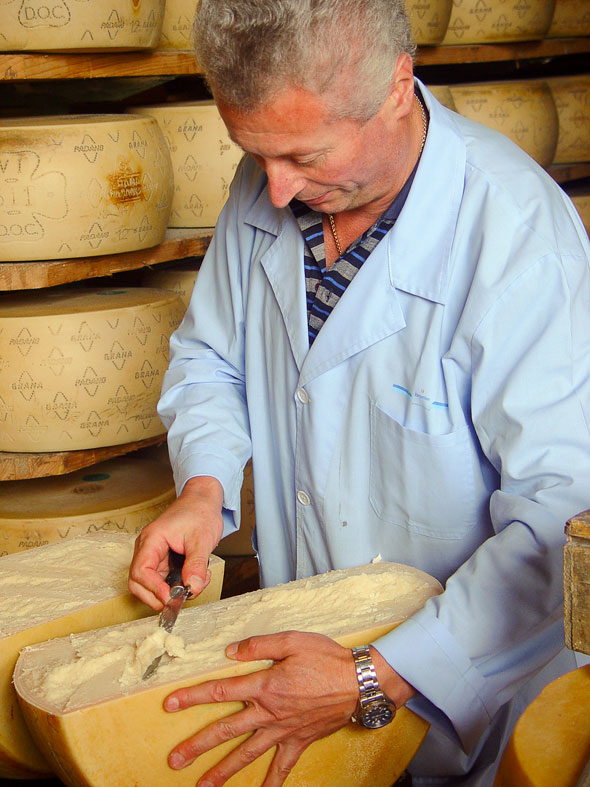
The trip ended two weeks later with a dinner at a gorgeous winery in Valpolicella. It was autumn, and the grapes were still on the vines to concentrate their flavor to make the region’s famous Amarone wine—a rich, muscular red with deep notes of currants, cherries, and vanilla.
Our hostess, the owner of the vineyard, began the evening by passing platters of Prosciutto di Parma and Grana Padano drizzled with local honey and pouring her wine as we sat by the fire. A decade later, I can’t tell you what we had for dinner, but I remember that gracious, friendly cocktail hour. I remember it so well and was so taken by it, that ever since then, The One and I have made prosciutto and Grana Padano drizzled with local Connecticut honey a staple in our entertaining.
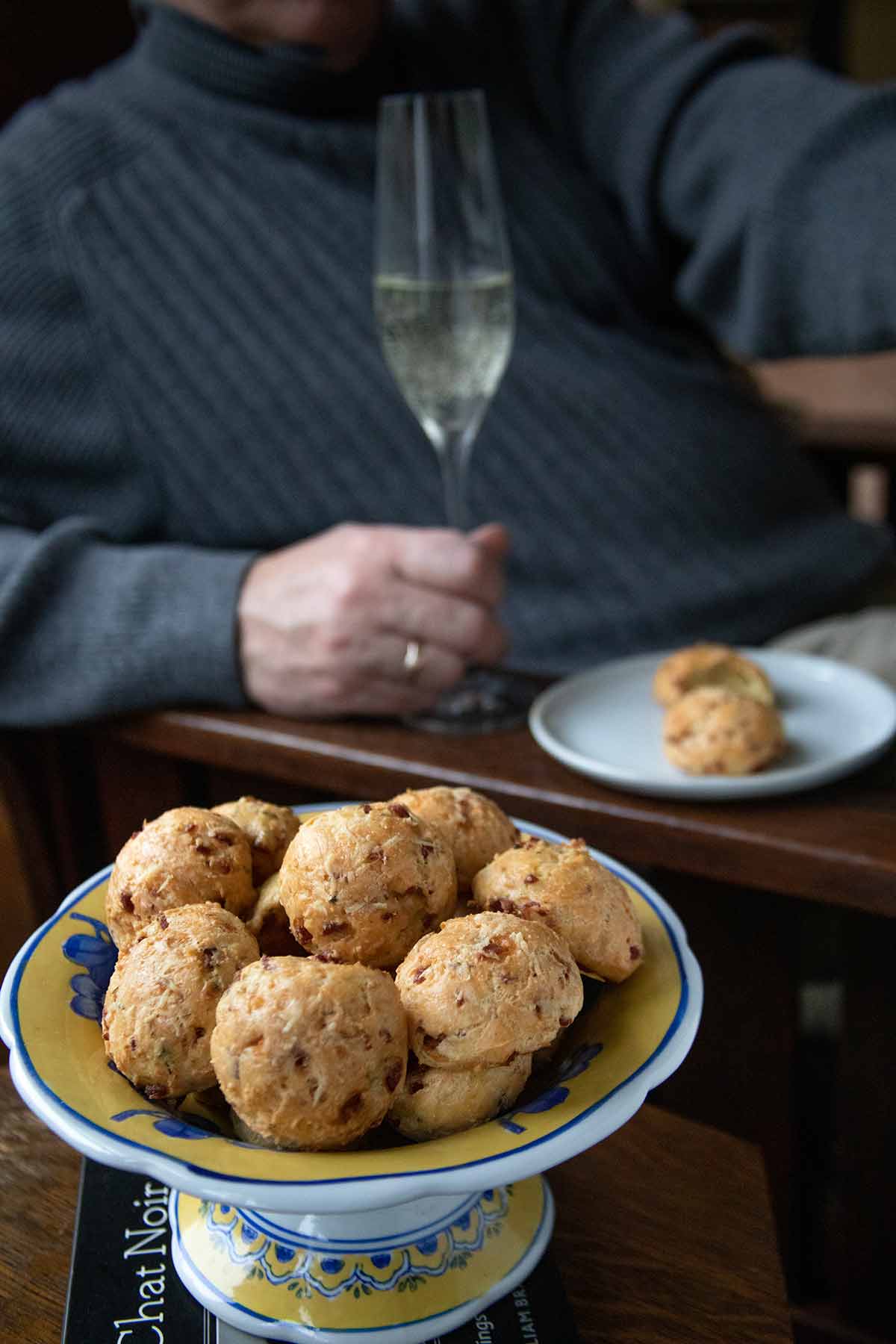
The only thing we do differently? We serve Prosecco because, as many of you know, we firmly believe a meal without bubbles is no meal at all.
